Welcome to Education in Emergencies (EiE) Online Course
This course is primarily designed to help education in emergencies (EiE) and education practitioners improve their overall understanding of EiE or their knowledge of specific EiE topics
and areas, in line with the six modules/35 units offered. It may also serve as a useful resource for those working in other areas but wanting to improve their understanding of the sector by diving into this intermediate-level content.
The EiE Online course explicitly links to the INEE Competency Framework and can be used to help address many of the competencies presented in the Framework. It can be taken as individual units, individual modules, as a complete standalone course or, for eligible participants, as a pathway to the Certificate of Advanced Studies (CAS) accredited by the University of Geneva. The course is H-Pass digitally badged, earned by completing the unit content and a test at the end.
This course is also available in French, Spanish, Arabic, Ukrainian and Polish.
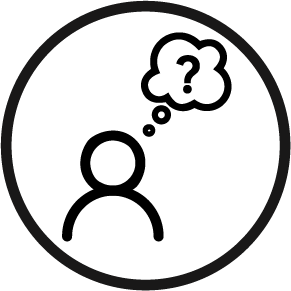 | Is this course for me? |
|---|---|
If you are an education in emergencies (EiE) or education or education practitioner who needs to improve your overall understanding of EiE or their knowledge of specific EiE topics and areas, in line with the six modules/35 units offered, then this course is for you. If you are from another area of work and want to improve your understanding of EiE by diving into this intermediate-level content, then this course is also for you. | |
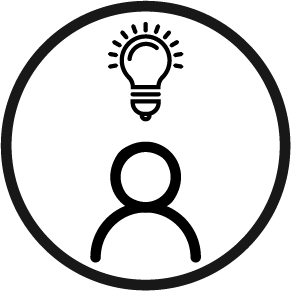 | How will I benefit from this course? |
On completion of this course you will be able to:
| |
 | How long will it take? |
| This course (comprising 6 modules / 35 units) should take you around 200 hours to complete. | |
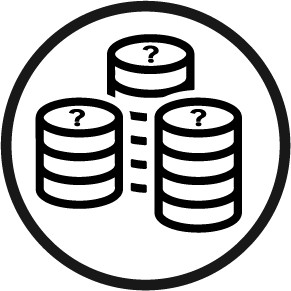 | How much does it cost? |
| This course is free! | |
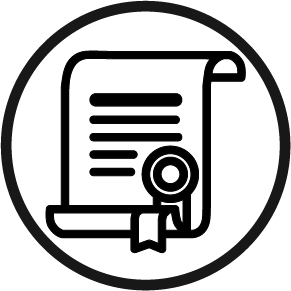 | Will I get a badge or certificate at the end? |
| Yes - you will get a badge for each unit you complete. When you have completed all units in a module you will also get the module badge. | |
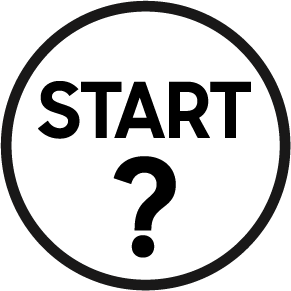 | How do I start? |
| Scroll to the top of the page and click on the 'Join course' button. This will take you through to the course content. You don't need to complete the course in one go - you can always continue later from where you left off. |
